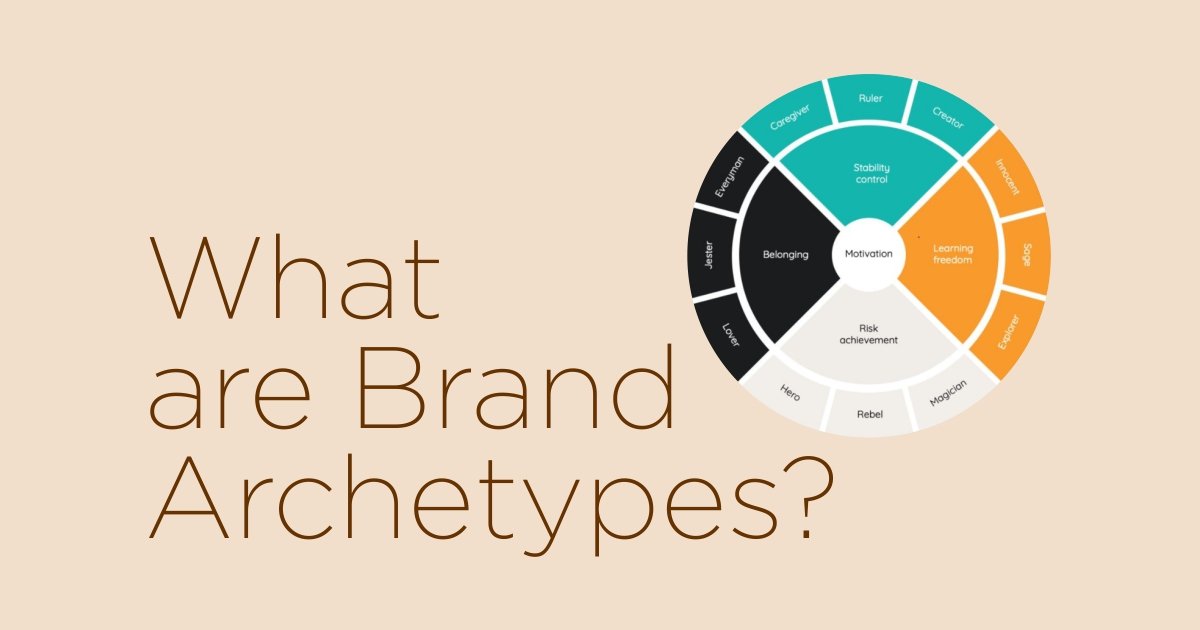Brand Archetypes: Understanding the Psychology of Branding
In the fiercely competitive arena of modern commerce, a brand’s survival and prosperity are contingent not merely on the quality of its products but on the depth of its connection with consumers. This connection is increasingly forged in the subconscious, a territory expertly navigated through the strategic application of brand archetypes. These archetypes, drawn from the psychological theories of Carl Jung, provide a powerful framework for building a brand identity that is not only recognizable but deeply resonant. By embodying universal patterns of human experience, archetypes allow brands to transcend transactional relationships and cultivate a potent, humanized presence that fosters enduring loyalty.
The Psychological Bedrock: Tapping into the Collective Unconscious
The efficacy of brand archetypes is rooted in Carl Jung’s theory of the “collective unconscious,” a level of the human psyche he posited is shared by all people across all cultures and eras. [1][2] This inherited repository contains “primordial images” or archetypes—innate, universal symbols and behavioral patterns like the Hero, the Sage, or the Rebel. [2][3] These figures and their narratives are instantly familiar, providing a cognitive shortcut that allows consumers to understand a brand’s essence without conscious analysis. [4] When a brand consistently embodies an archetype, it taps into these deep-seated psychological structures, triggering an instinctive emotional response and fostering a sense of familiarity and trust. [4][5] This process is profoundly influential, as research suggests that up to 95% of purchasing decisions are made subconsciously and driven by emotion. [6][7] By aligning with an archetype, a brand moves beyond communicating what it does to expressing who it is, creating a meaningful identity that resonates with the fundamental motivations and desires that drive human behavior. [7][8]
Strategic Implementation for Nuanced Differentiation
Successfully deploying a brand archetype is a nuanced strategic exercise that extends far beyond a simple personality label. It must be an authentic reflection of the company’s core mission, values, and purpose; any disconnect between the chosen archetype and the brand’s actual behavior will be perceived as inauthentic and undermine consumer trust. [4][9] The archetype should inform every facet of the brand experience, from the visual identity—such as logos and color palettes—to the tone of voice in advertising copy and the nature of customer service interactions. [6][10] For instance, a brand embodying the Hero archetype, like Nike, uses empowering language and showcases stories of overcoming adversity, which is consistently reflected across all its marketing channels. [11][12] However, in a crowded marketplace where competitors may adopt the same archetype, differentiation becomes critical. [9] Advanced brand strategy often involves layering a primary archetype with a secondary one to create a more distinct and multi-dimensional personality. [13] A brand like NVIDIA, for example, successfully blends the Magician (through its transformative AI technology) with the Creator (by empowering developers and gamers), resulting in a unique, future-focused identity that is difficult to replicate. [13] This blending allows brands to avoid becoming a stereotype and to construct a more complex and relatable character. [9]
Crafting the Brand Mythos Through Archetypal Narrative
The true power of an archetype is fully unlocked when it is used as the foundation for compelling brand storytelling. [3][14] Archetypes provide a ready-made framework for crafting a brand “mythos”—a narrative that positions the brand as a character in a story that the consumer can emotionally invest in. [15] In this narrative, the brand often assumes an archetypal role, such as the Magician that provides a transformative solution or the Sage that offers wisdom and guidance. [12][14] Apple, for instance, has masterfully used the Creator archetype to tell a story of innovation and self-expression, positioning its products not just as tools, but as keys to unlocking the user’s creative potential. [10][16] This narrative approach transforms the consumer’s role from a passive recipient of a product to an active participant in the brand’s story. [17] By framing challenges and aspirations in universally understood archetypal terms, brands can forge a profound connection, turning customers into loyal advocates who see the brand as an integral part of their own personal journey and identity. [3][6]
The Risks and Necessary Evolution of Archetypal Branding
Despite their power, the application of brand archetypes is not without its risks. A rigid adherence to a single archetype can lead to stereotyping and limit a brand’s ability to evolve with changing market dynamics and cultural shifts. [9][18] If a brand’s chosen persona is not genuinely reflected in its corporate culture and actions, it will quickly be perceived as inauthentic. [9] Furthermore, some archetypes can be overused within an industry, leading to a lack of differentiation rather than a unique identity. [9][18] It is also crucial to consider cultural nuances, as an archetype that resonates positively in one culture may be misinterpreted in another. [19] Therefore, brands must treat archetypes not as a restrictive blueprint but as a flexible framework. [20] The strongest brands are those that adapt their archetypal expression over time while remaining true to their core values. They understand that archetypes are a tool to build a deeper, more human connection with their audience, a connection that must be nurtured with authenticity, consistency, and a willingness to evolve. [18][21]



